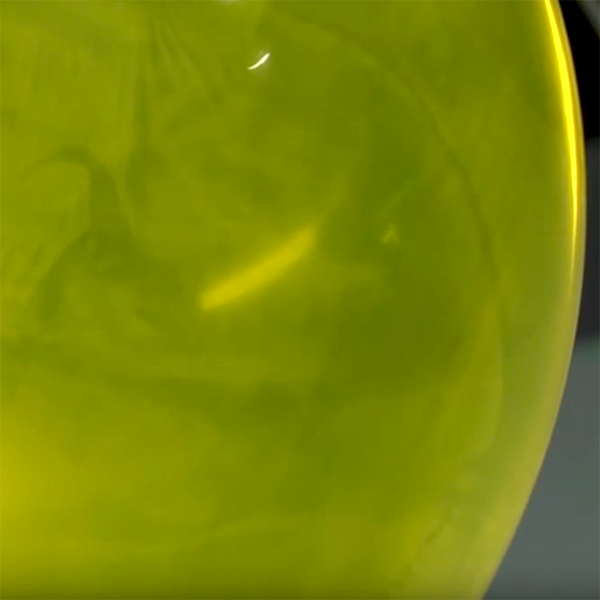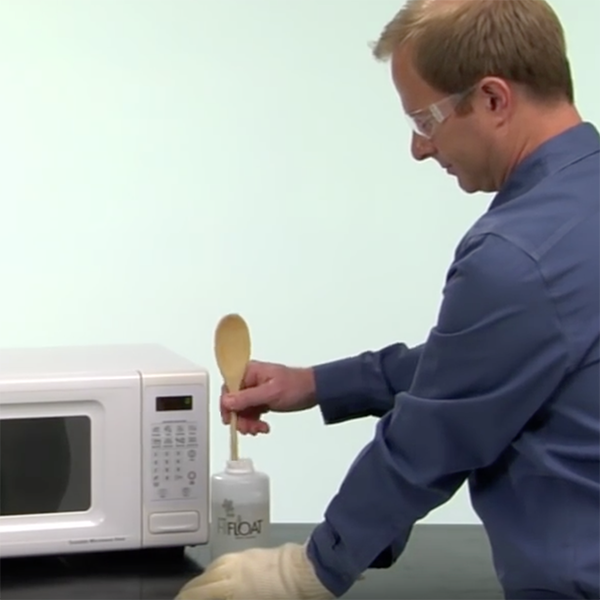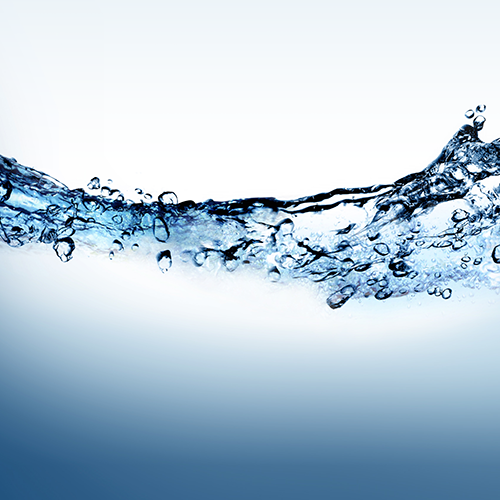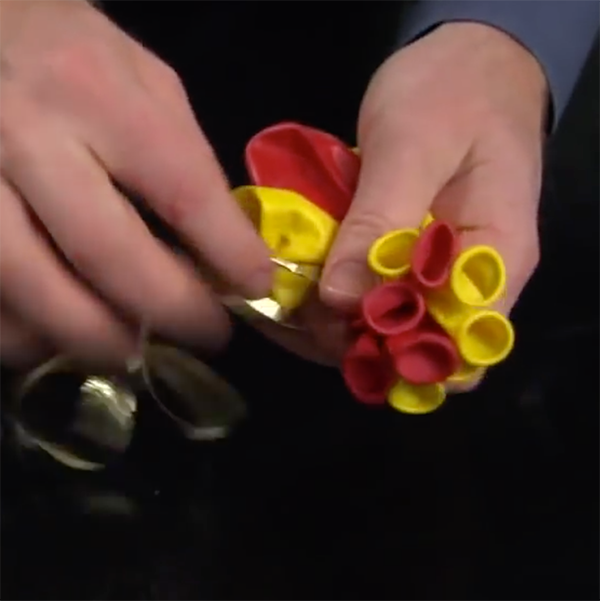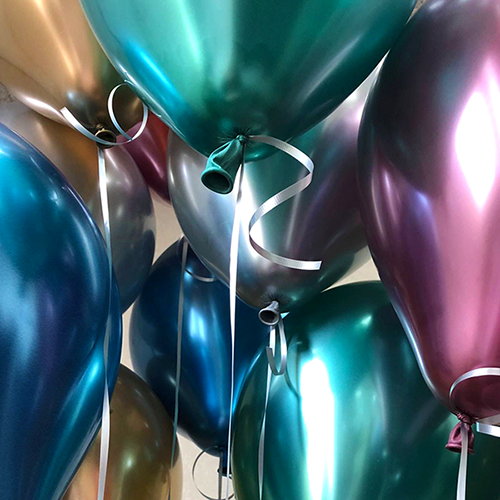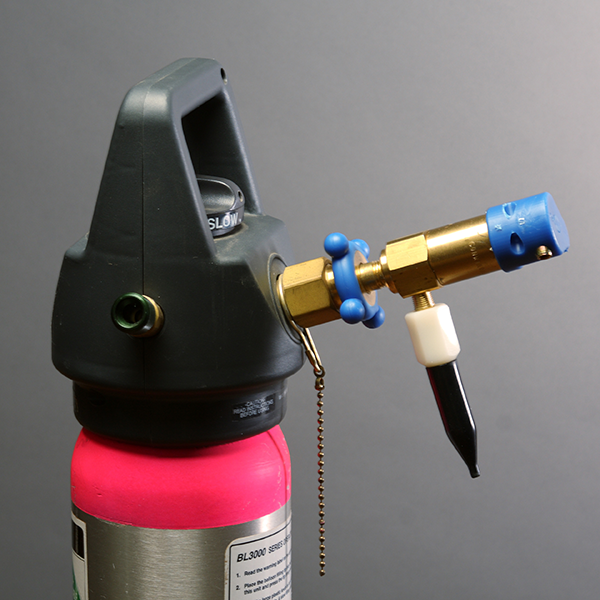Advanced Technique Article
There Is Splatter Inside Balloons
There Is Splatter Inside Balloons When using HI-FLOAT in clear or transparent balloons, some uneven runs of liquid may be visible initially. These will gradually disappear as the coating dries. Splatter can be minimized in a number of ways. Try inflating the balloon more slowly, with the helium nozzle pointed in a downward direction. Also,…
Read MoreThere is Haze on Inside of Balloon
There is haze on Inside of Balloon Shortly after inflating a balloon, you may notice a haze or cloudiness on the inside of the balloon. (Oxidation occurs on the outside of the balloon.) This may be caused by adding less than the full recommended amount of HI-FLOAT. Make sure you are using the correct colored…
Read MoreProduct Discolors in the Bottle (Mold)
Product Discolors in the Bottle (Mold) A dark-green mold can grow on the surface of a HI-FLOAT bottle that has been opened for several months. The mold is harmless and similar to mold that grows on bread. If mold growth occurs, scoop off and discard the discolored material. Use the remainder of the bottle as…
Read MoreProduct Gets Too Thick to Pump (Gelling)
Product Gets Too Thick to Pump (Gelling) Normally, HI-FLOAT has the consistency of honey. However, ULTRA HI-FLOAT may begin to gel and become thick and lumpy if it is very old or has been frozen. Check out our Restore Gelled Product video on YouTube. If your product becomes too thick to pump, it can be redissolved in…
Read MoreHI-FLOAT Cleanup
HI-FLOAT Cleanup Relax – HI-FLOAT is quick and easy to clean. First, to help avoid a mess in the first place, allow adequate drying time for balloons treated with HI-FLOAT. We also recommend allowing balloons to dry for a couple of hours before handling them. If cleanup is required, remember that HI-FLOAT is completely soluble…
Read MorePre-Treating Balloons
Pre-Treating Balloons Balloons may be pre-treated with HI-FLOAT several days before they need to be inflated, saving time on the day of your event. Check out our Pretreating Balloons video on YouTube. Treat balloons with the correct amount of ULTRA HI-FLOAT. Use the orange clip for 11-inch balloons, and refer to the clip guide for other sizes.…
Read MoreTips for Maximum Float Life
Tips for Maximum Float Life In our book, a helium-filled balloon should last for days – not hours. That’s why there’s HI-FLOAT. Of course, float times vary depending on where and when your balloons are used. Check out our Tips for Maximum Float Life video on YouTube. Weather and humidity are two important conditions to consider.…
Read MoreTreating Pearlized and Metallic Balloons
Treating Pearlized and Metallic Balloons Pearlized and metallic balloons float for about two-thirds as long as regular colored balloons. Check out our Pearlized or Metallic Balloons video on you tube. To get the maximum float life possible, use one of the following methods: METHOD 1: Pre-Treat Pearlized or Metallic Balloons to Maximize Float Life Balloons may be…
Read MoreTreating Heart-Shaped, Qualatex Geo Blossom® and Qualatex Geo Donut® Balloons
Treating Heart-Shaped, Qualatex Geo Blossom® and Qualatex Geo Donut® Balloons Heart-shaped, Qualatex Geo Blossom and Qualatex Geo Donut balloons normally float for a shorter time than round balloons do. To get the maximum float life with these balloons, use the following method: Inflate the balloon fully with air to stretch it, then deflate it entirely.…
Read MoreCoating the Outside of Balloons Before Inflation
Coating the Outside of Balloons Before Inflation A quick and easy way to prevent oxidation (chalkiness) on the outside of latex balloons is to apply ULTRA HI-FLOAT coating to the outside of the balloon before inflation. This method can be used for helium- or air-filled balloons. In addition to preventing oxidation, the external coating of…
Read More
